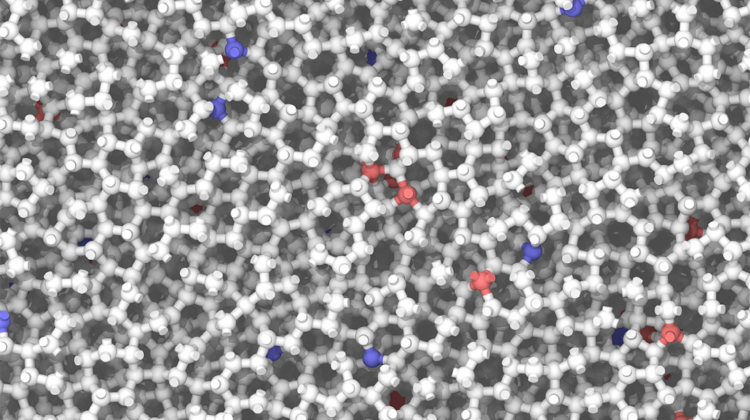
AI’s acceleration of scientific discoveries continues — last month DeepMind’s AlphaFold solved a grand challenge in biology, and now an international AI research team has targeted materials science.
In the paper Origins of Structural and Electronic Transitions in Disordered Silicon, published this week in the prestigious scientific journal Nature, researchers from University of Oxford, US Naval Research Laboratory, University of Cambridge, École Polytechnique Fédérale de Lausanne in Switzerland and Ohio University demonstrate how atomistic machine learning (ML) models trained on accurate quantum mechanical computations can help describe liquid–amorphous and amorphous–amorphous transitions for a system of 100,000 atoms — predicting structure, stability and electronic properties.
Liquid silicon is a metallic electrical conductor while solid silicon is a semiconductor in ambient conditions, making it a crucial element in technologies ranging from computer chips to solar panels. Unlike most other elements, silicon’s density increases on melting. This unexpected reversal of solid and liquid densities has been linked to a phenomenon called polyamorphism, in which a substance can exist in different amorphous phases that have distinct structures and properties.
Although amorphous silicon has been extensively studied, a detailed mechanistic understanding of the structural transitions in disordered silicon has been lacking, due largely to limitations of existing experimental and computational techniques.
The researchers used ML models to produce simulations of the structure and chemical bonding of disordered solids and liquids, revealing the structure and bonding energetics for a system of 100,000 silicon atoms as they cooled from the liquid state and were compressed to pressures of up to 200,000 atmospheres. This huge increase in the number of atoms modelled produces high accuracy, and would otherwise require a supercomputer to process.
The simulations reveal a three-step transformation sequence for amorphous silicon under increasing external pressure. First, polyamorphic low- and high-density amorphous regions are found to coexist, rather than appearing sequentially. They then observe a structural collapse into a distinct very-high-density amorphous (VHDA) phase. Finally, their simulations indicate the transient nature of the VHDA phase — it rapidly nucleates crystallites, ultimately leading to the formation of a polycrystalline structure.
The researchers say these results shed light on the liquid and amorphous states of silicon, and in a wider context, exemplify a machine learning-driven approach to predictive materials modelling.
The paper Origins of Structural and Electronic Transitions in Disordered Silicon is on the Nature website.
